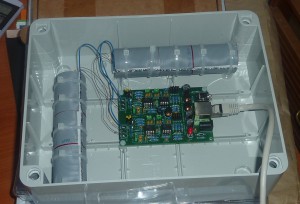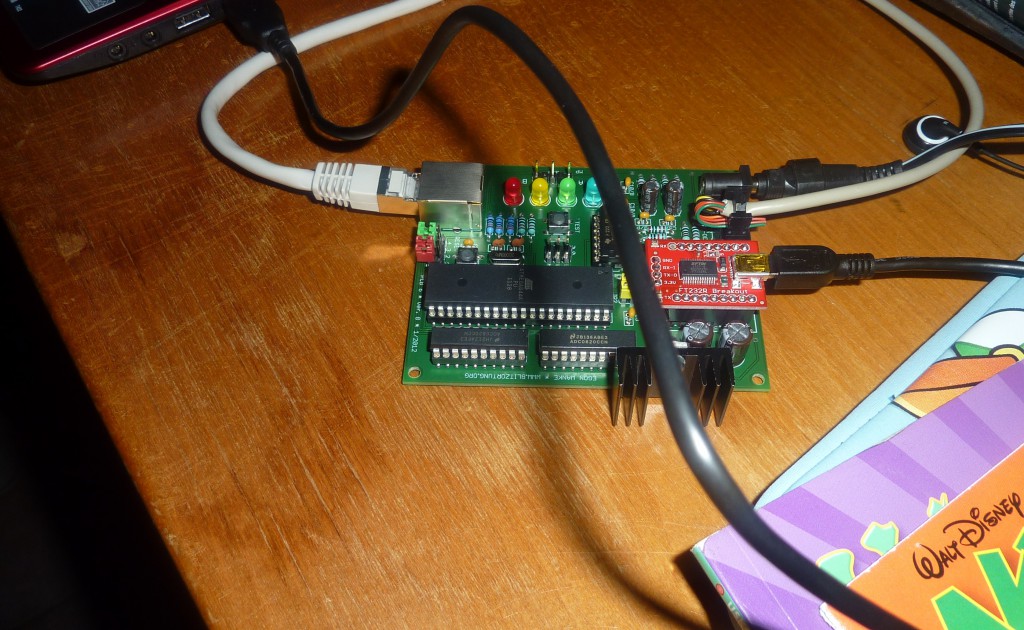 I recently joined a project called Blitzortung. The idea of project is to detect lightning positions by running many small devices that detect the electromagnetic signal caused by strike. Each device sends signal information along with accurate timestamp and coordinates to central server, which calculates actual position for strike. Timestamp and coordinates are obtained from GPS module.
I recently joined a project called Blitzortung. The idea of project is to detect lightning positions by running many small devices that detect the electromagnetic signal caused by strike. Each device sends signal information along with accurate timestamp and coordinates to central server, which calculates actual position for strike. Timestamp and coordinates are obtained from GPS module.
To join one must build the actual electronics for station. For those living outside germany (like me) it was possible to order complete kit containing printed circut boards, all components and antennas. After receiving the packet assembling the system was quite easy, I completed it in two evenings.
Station contains two circuit boards: a VLF amplifier that receives the signals and controller which converts analog signals into digital form. Boards are connected with standard UTP-cable which allows positioning of amplifier board away from possible noise sources like computers.

My antenna consists of two ferrite rods with coils because I don’t have place for a large antenna. Ferrite rod antenna is very handy here, because rods are only about 12 cm long.

Controller board contains a small AVR microcontroller, which controls A/D converters, receives data from GPS module and sends data to computer over RS232 line. My controller board has RS232-USB module which allows connection to server with standard USB cable, as RS232 ports in PC hardware are becoming less common.


There is also a nice PHP application called MyBlitzOrtung, which can be integrated into one’s own web site or run as it’s own.
The system has been running a couple of weeks now. It has detected more than 85000 lightnings already, some of them over 3500 km away from my station. Quite impressive, indeed !




